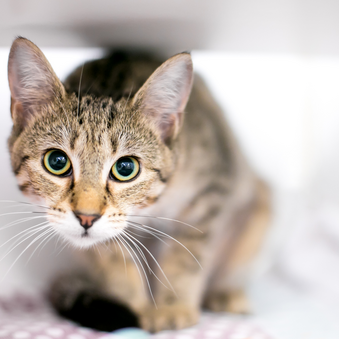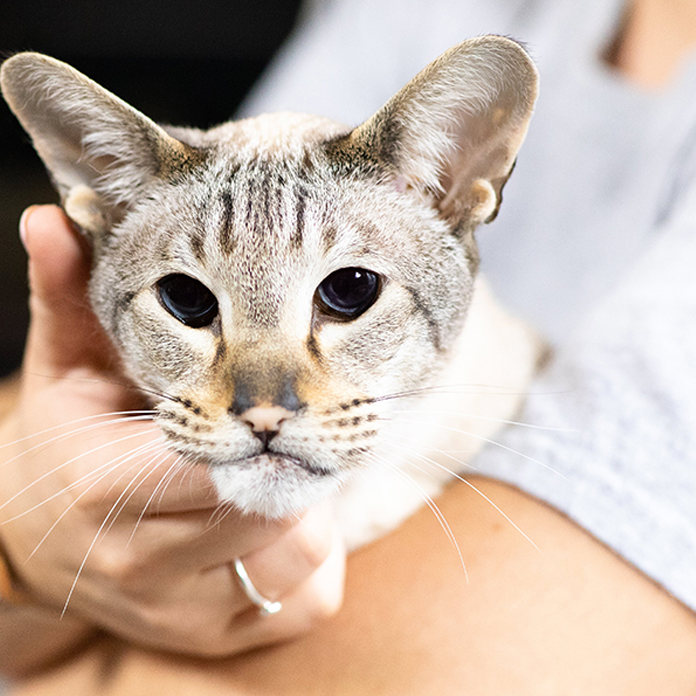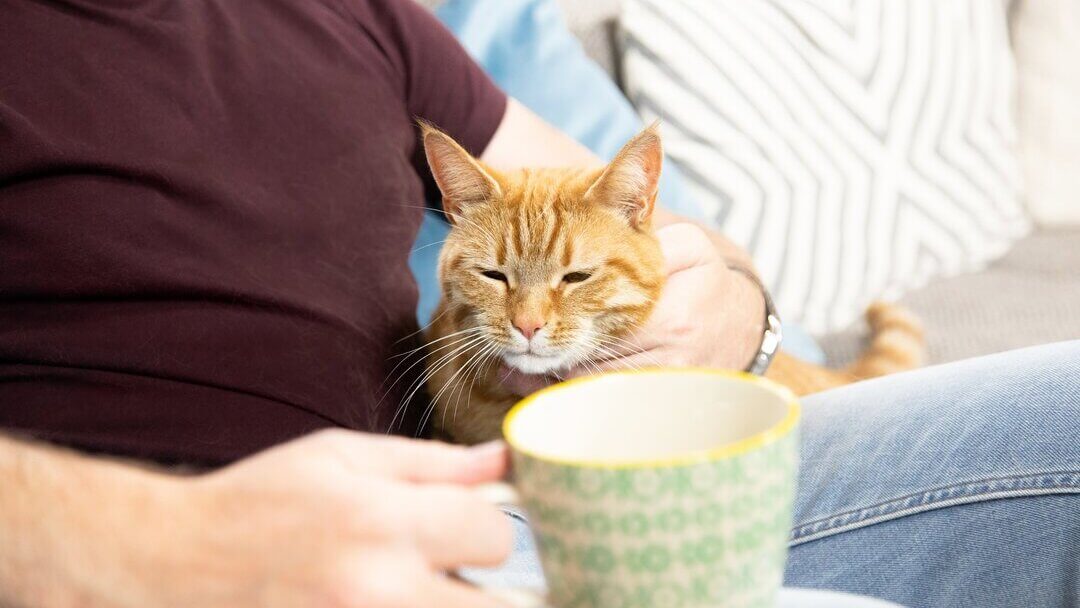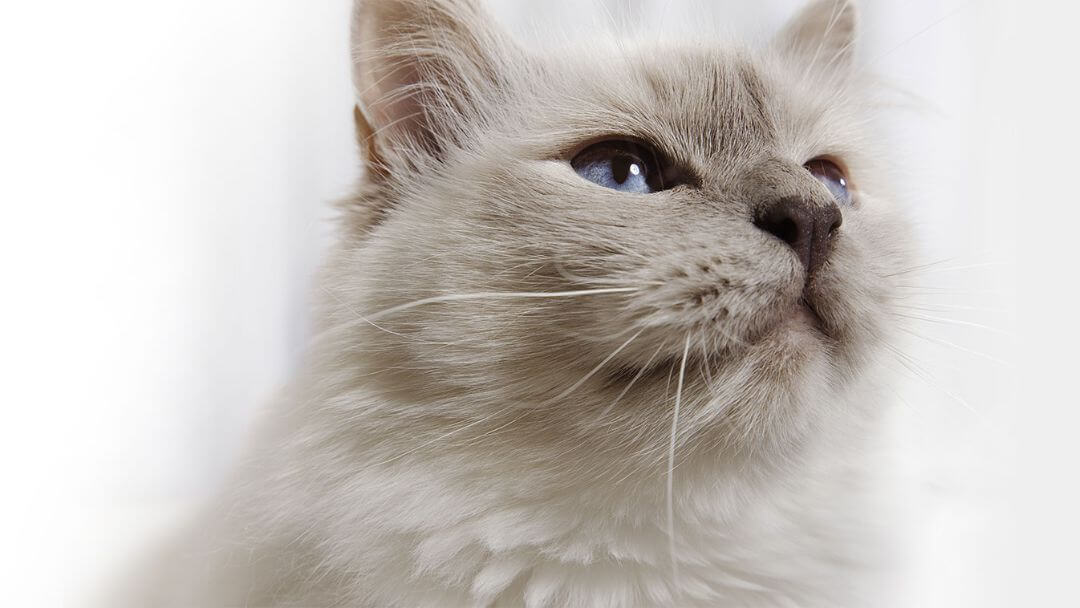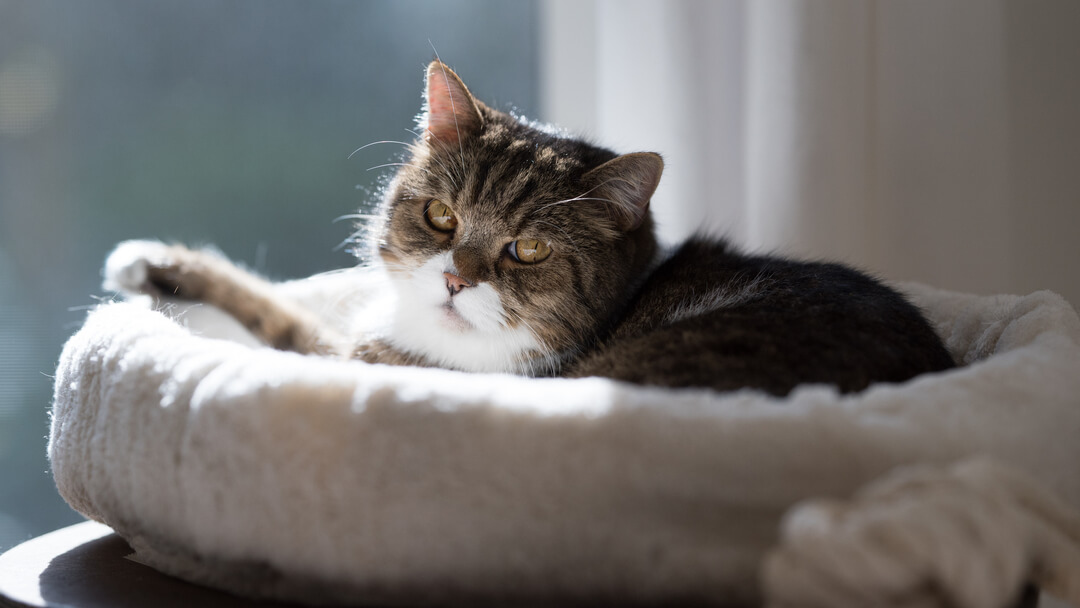
Putting a cat to sleep is a heart breaking thought, and a time that any pet owner dreads, but at some stage you may have to consider this as the kindest option for your cat. For example, this may happen if their quality of life is suffering due to illness, injury or old age, and there’s no sign of them getting better.
Making the decision
Knowing when to put a cat down is always difficult and intensely personal. In making the decision, you have to weigh up your own desire to spend a little longer with them against your cat’s best interests.
Unless they’ve been in a serious accident, you may have a bit of time to think things through, and we always recommend you talk to family and friends and consult your vet as part of the process. Unlike other animals, including humans, cats often hide their pain - but as their owner you will usually know when they’re acting out of character, and your vet’s knowledge and experience will be invaluable.
Ultimately the decision to put your cat to sleep will be yours, but remember that sometimes the kindest thing can be to let them go, especially if their quality of life is suffering.
However hard the decision is for you, it will be equally tough for your family, particularly if you have children. It will come as less of a shock if you can all sit down and discuss the decision together, being honest about your reasons and what it will mean for everyone, including your beloved pet. Of course it will be an upsetting conversation but it can help children come to terms with what’s happened later if they understand that your decision is based on putting your cat’s needs first.
"Ultimately the decision to put your cat to sleep will be yours, but remember that sometimes the kindest thing can be to let them go, especially if their quality of life is suffering."
What does euthanasia involve?
Preparing yourself and your pet
There’s a good reason why cat euthanasia is also known as putting a cat to sleep. Your vet will administer a measured overdose of a drug, similar to an anaesthetic, which will put your cat into a deep and permanent ‘sleep’. It’s usually quick – they just quietly slip away - and most importantly, it’s considered painless. If your cat is distressed or upset, they can be given a mild sedative first to relax them.
The drug is usually given through a vein in the cat’s front leg and your vet may put a ‘line’ or catheter into the vein first. There will usually be a veterinary nurse in the room to help the vet, and you can stay in the room too if you like, to stroke your cat as they drift off.
Depending on the circumstances, your vet may be able to come to your house and perform the procedure there.
After saying goodbye
What happens after putting a cat to sleep?
You may have decided, as a family, that you’d like to take your cat home afterwards to bury them in your garden yourselves or have found a nearby pet cemetery that can arrange for their cremation or burial. Some councils won’t allow home burials, or require you to ask permission, so contact your local authority for more information before you make any final decisions.
Alternatively, you can ask your vet to arrange the cremation and the handling of their ashes for you. You can request that your vet collects the ashes for you to collect later, to keep or scatter in your cat’s favourite place.
Although money will not be at the forefront of your mind when you put your cat to sleep, it’s important to remember that having the ashes saved for you to collect will cost considerably more than if you ask your vet to take care of it for you.
Managing your loss
It’s perfectly normal to grieve after putting your cat to sleep. You have just had to say goodbye to a much loved member of your family, and it’s a very emotional time for everyone that loved your cat. You have shared a special bond for a long time, and mourning is a natural part of remembering that.
If you feel you need to, you might choose to take some time off work, especially if you have children who would be comforted by your presence. Grieving is a normal, healthy reaction to the loss of a beloved family member and is the start of the healing process.
It may help to remind yourself that putting your cat to sleep was a selfless decision, and one that you made to relieve their suffering. You made a difficult but responsible decision, and showed your cat the ultimate kindness in their time of need - allowing them to pass away painlessly and with dignity.
Try to focus on the precious moments of joy your cat brought you over the years, and the wonderful memories you created together that will never fade. We know that saying goodbye is an inevitable part of all pet-owners’ lives, but we also know that the happy years you spent with each other were worth it. Your cat was unique and a special friend that you will always hold in your heart; you were lucky to have shared each other’s lives.
For more help and advice on coping with your loss, see our article on coping with the loss of your cat.
Getting another cat
You may feel that your cat was irreplaceable, so choosing when, or if, to get a new cat is a big personal decision to make. The thing to remember is that everyone experiences grief differently, and the most important thing is to give yourself time to think. Your new cat must be part of your future, not a reminder of your past. When you’re ready, there’s no reason why a new cat won’t be just as special as your last one – and just as unique.

